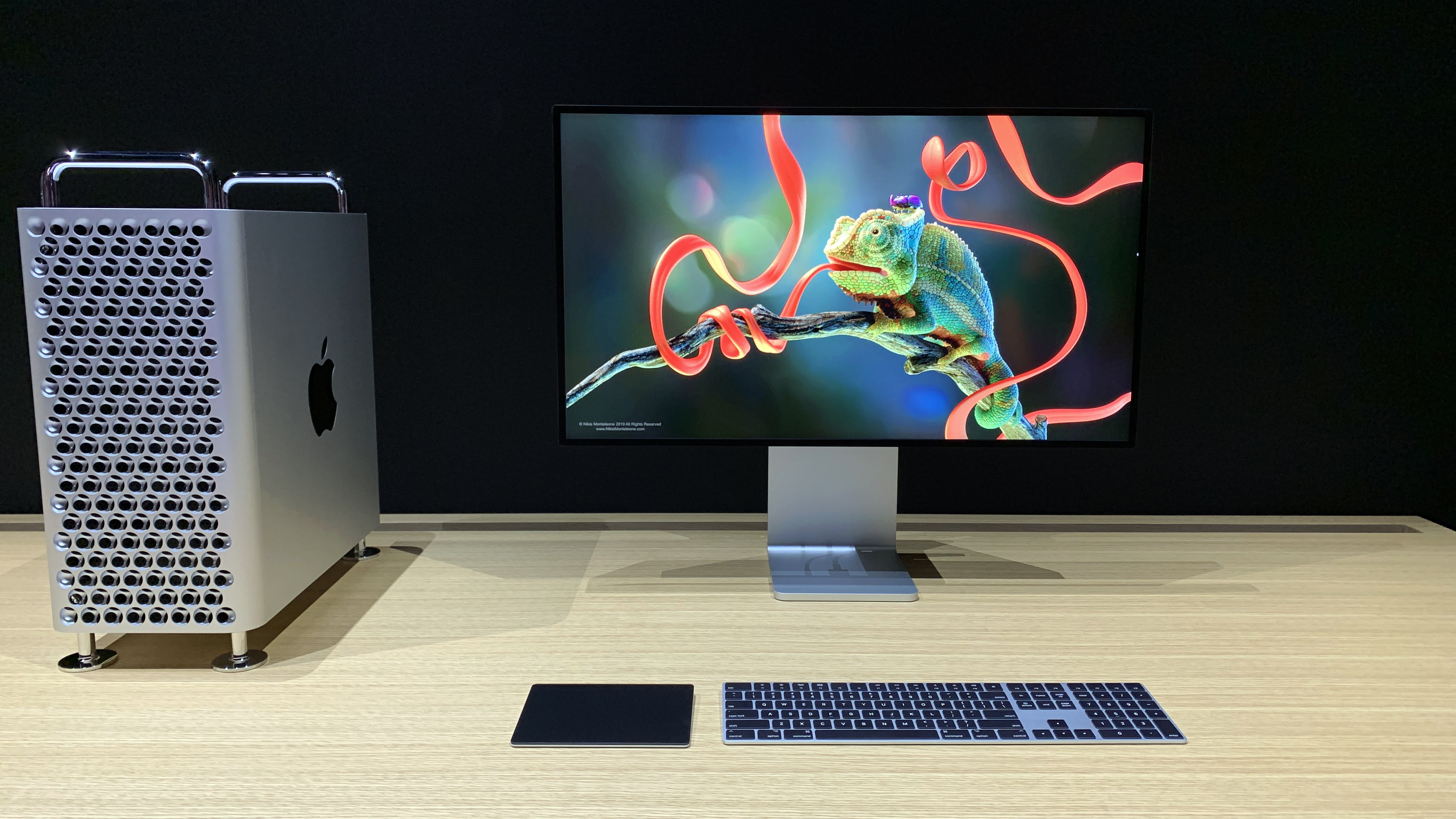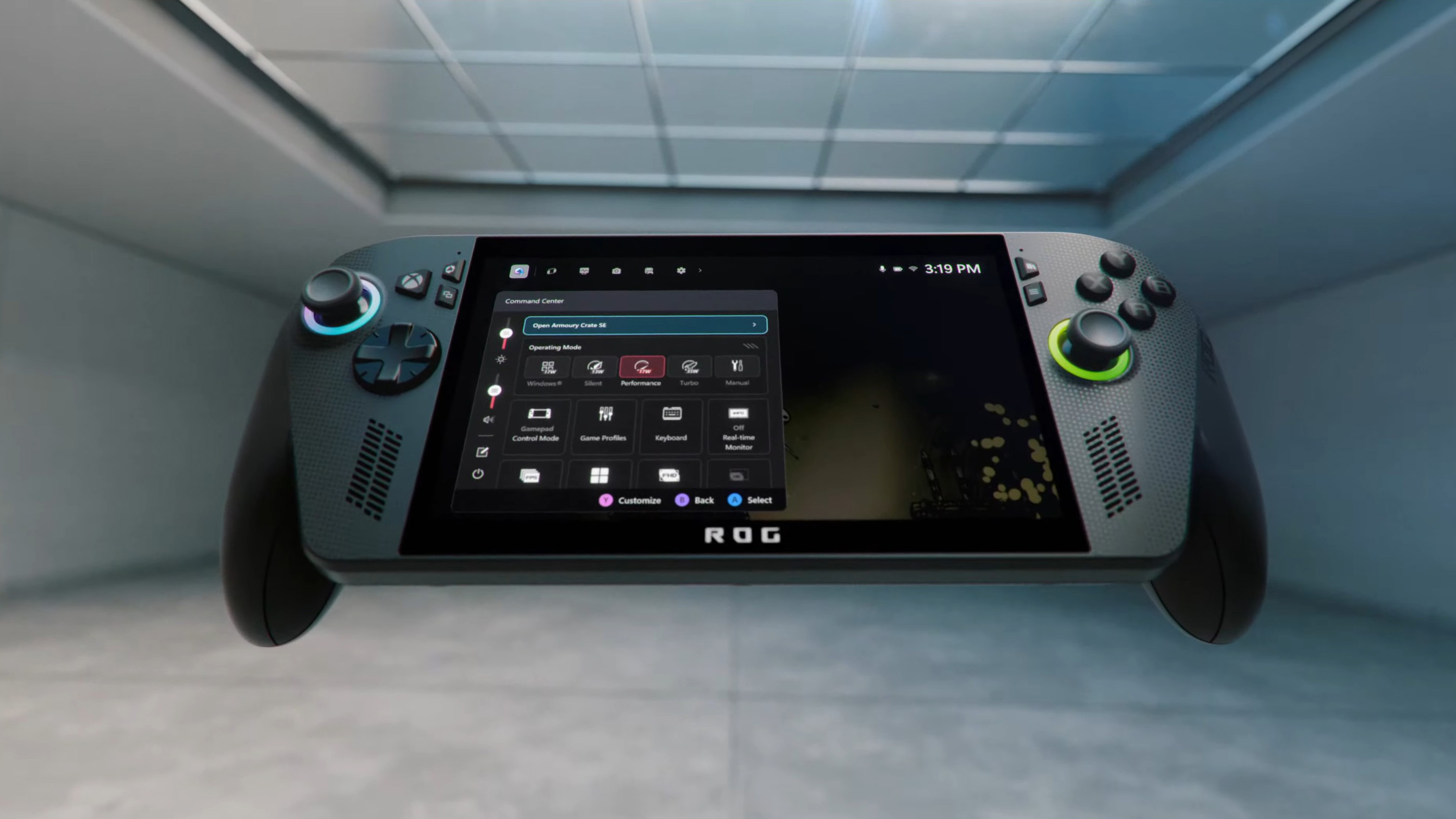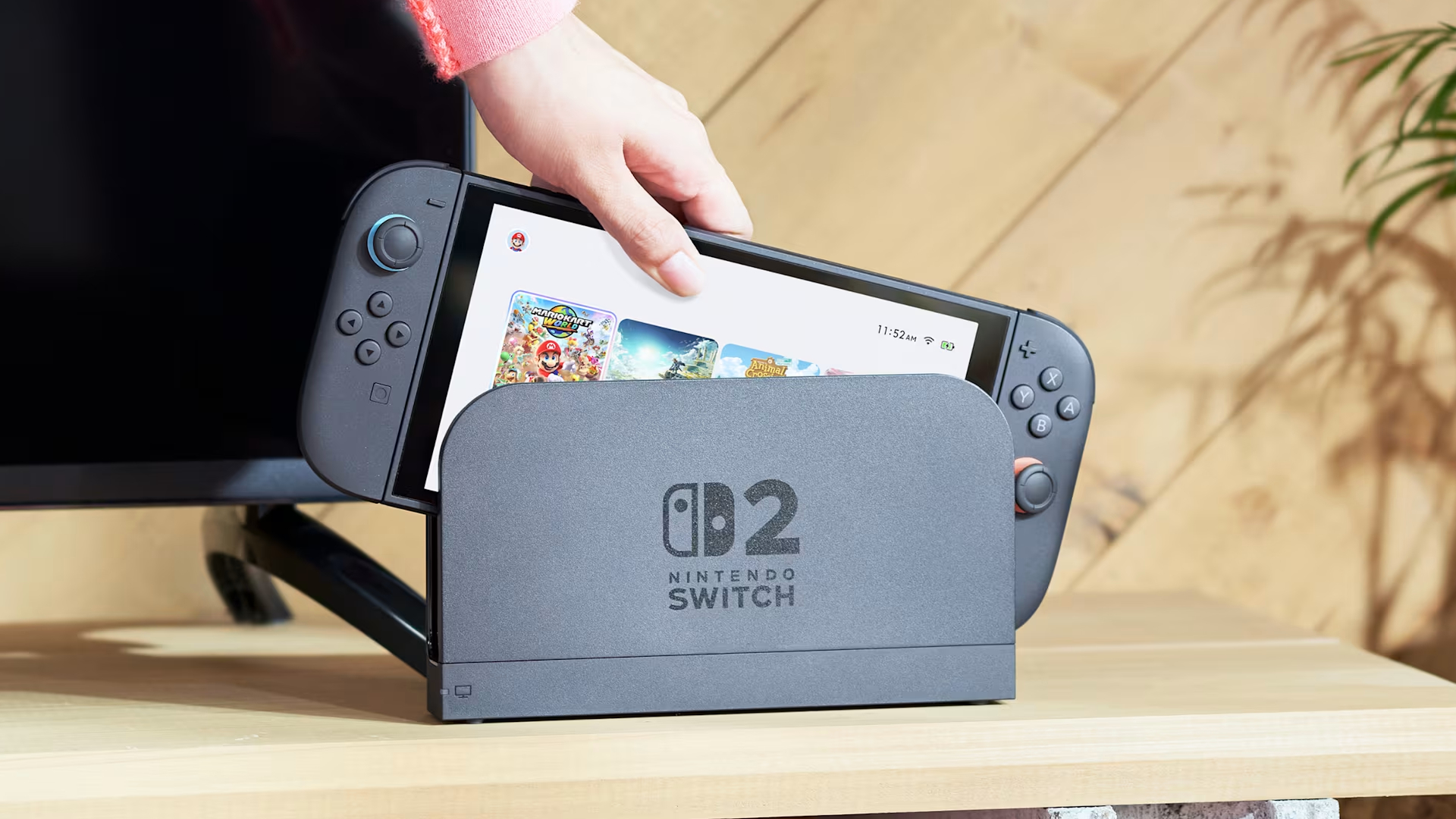
Apple holding a load of microLED patents probably won't be a good thing.
Reports of Apple developing and manufacturing microLED displays have been circulating for years. But now it seems like the company is closing in on producing actual retail availability of products with the new display tech.
If that sounds like good news in terms of pushing forward display technology that seems to have been stuck in the development stage forever, well, we have concerns. Most especially about Apple ending up owning important intellectual property around microLED tech. That doesn’t automatically seem like a good thing if, say, you’re hoping for microLED PC monitors. Hold that thought.
Nikkei Asia reports that Apple will be mass producing microLED displays itself, initially for the Apple Watch and then iPhone handsets. The idea, apparently, is to reduce reliance on suppliers, most notably Samsung, which is currently a major source of OLED panels for existing Apple products.
For Apple the benefits are obvious enough. Less reliance on third parties, the ability to differentiate its watches and phones from the competition, not to mention the various performance advantages of microLED as a panel technology.
For starters, microLED is much less prone to burn in than OLED, which continues to be a concern in OLED displays like Alienware’s excellent AW3423DWF. In theory, it’s also brighter, can be made into thinner panels, has even faster response, better viewing angles, the works.
In theory, it’s the ultimate flat panel display tech.
The problem has been productionising the technology. It’s extremely expensive to make, partly because existing manufacturing processes require each microLED subpixel to be physically placed on the display substrate.
In a 4K panel, that’s no fewer than 24 million individual LEDs. Even using automated processes, picking and placing that many LEDs is a nightmare in terms of manufacturing costs and quality control.
(Image credit: Future)
Best gaming monitor: Pixel-perfect panels for your PC
Best high refresh rate monitor: Screaming quick screens
Best 4K monitor for gaming: When only high-res will do
Best 4K TV for gaming: Big-screen 4K PC gaming
Anywho, it’s widely thought that Apple has spent around a billion dollars trying to make microLED commercially viable and if the latest reports are to be believed, they’ve cracked it. The first Apple product with microLED will be a watch in 2025 with the iPhone following a year or two later.
Currently, microLED is limited to large displays aimed at commercial use and priced, even at the low end, at many tens of thousands of dollars. So, microLED in a consumer watch or phone would be a major achievement.
No doubt Apple laptops and expensive desktop displays would be next. If so, that would be a very good thing in the sense that microLED had been made viable for consumer displays. But what would that mean for the rest of the industry?
The obvious risk here is that Apple ends up owning a load of patents critical to producing microLED displays at consumer price levels and in effect restricting the technology to its own products.
That’s speculative for now. But at the very least it makes us cautious about the impact of any Apple-driven advances in microLED technology. We’ll be watching carefully.



